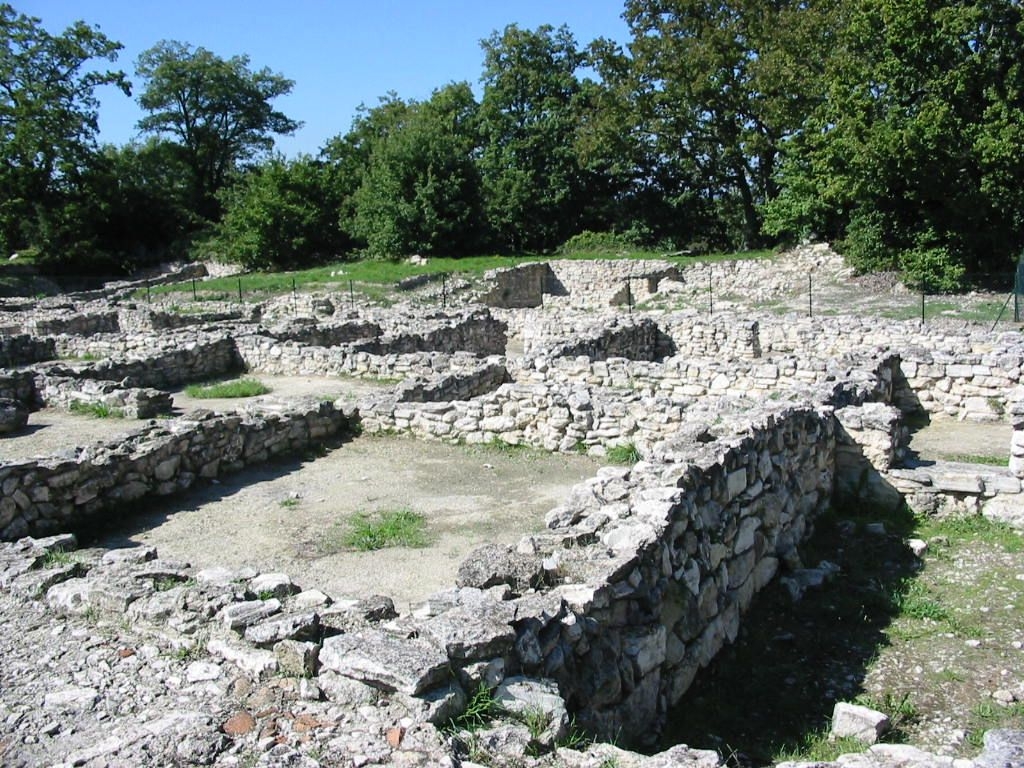The Entremont oppidum
In the 2nd century BCE, in the countryside behind Marseille, Entremont, a stronghold at the heart of a territory controlled by a Gallic tribe, the Salyens, has left behind extensive remains that provide insight into the life of its inhabitants.

The introductory section of the website explores the relationship between the Gauls and the Greeks, in the light of ancient texts and archaeological research that reveal the rich and complex reality behind the economic and cultural relations between the two peoples.
Visitors take a tour of the Gallic stronghold in the “Architecture and habitat" section, where they can learn more about its two construction phases, in 175 BCE and then 150 BCE, its wooden, stone and earth architecture, and its strange hypostyle room decorated with human skulls.
Farmers and craftsmen, Society and power: these sections examine everyday life and reconstruct the environment, cultural practices and social structure of this tribe during the second Iron Age. Statuary, tools, jewels and other objects suggest a sophisticated technical environment, far from the "barbarian" image traditionally associated with the Gauls. They also attest to the existence of an original civilisation grounded in the political assertiveness of an aristocratic class, and the changes experienced by this people in contact with the Greek and Roman cultures, before the region was engulfed by a wave of violence at the end of the 2nd century BCE.
Architectural reconstructions, the piecing together of statues, and an interactive presentation of major artefacts, photographs, maps and plans put this publication within everyone’s reach. A game called “Our ancestors the Gauls" compare the image inherited from the school books of yesteryear with contemporary research in a fun and stimulating way.
This multimedia platform produced under the scientific direction of three professional archaeologists, Patrice Arcelin, Gaëtan Congès and Martine Willaume, provides an overview of the work carried over over the decades by public departments on this archaeological site of national significance. It provides an introduction to the monograph now taking shape.
Please note
Content from previous website, published in 2001, identical in 2020.

